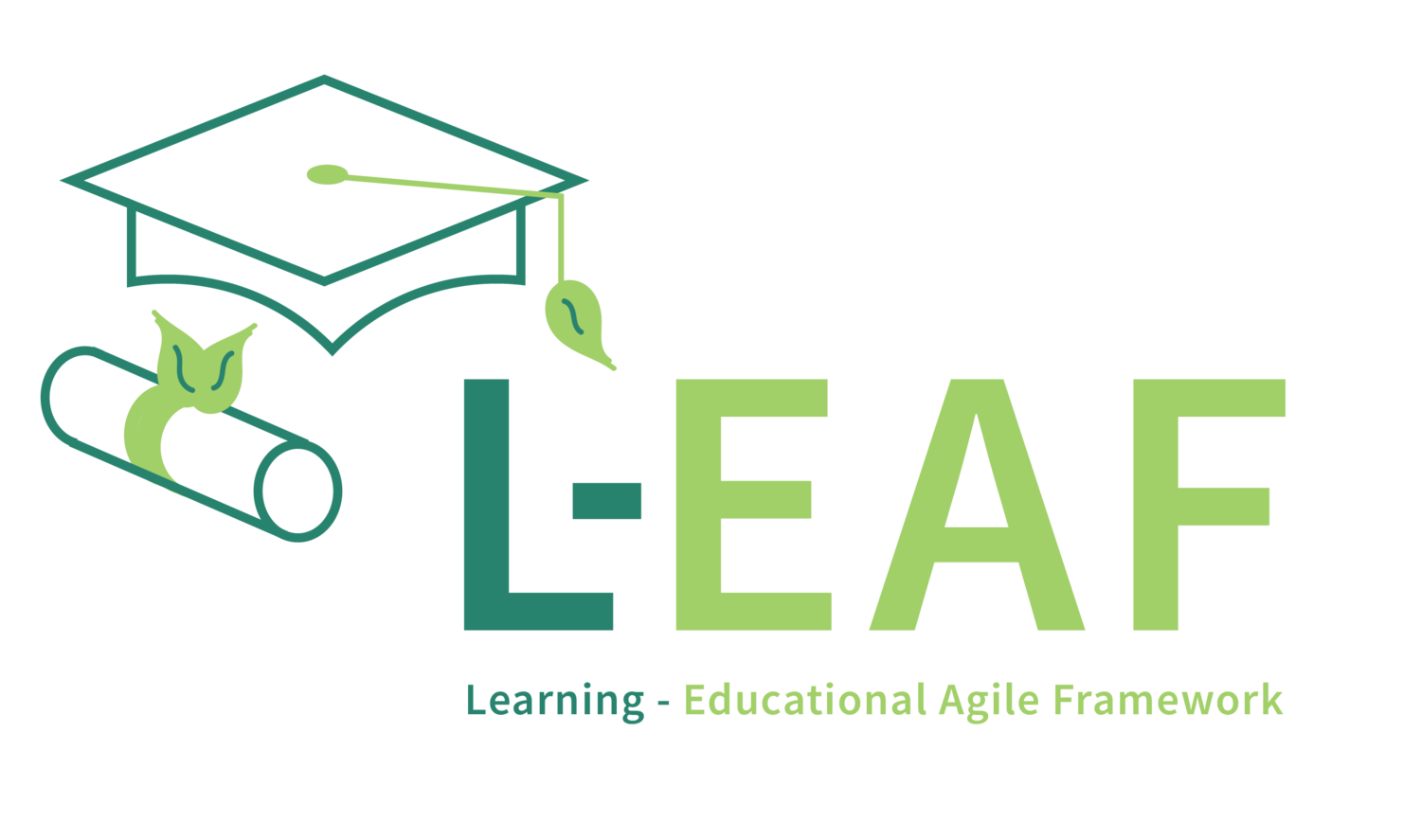Harnessing the Power of Collaboration: Fostering Learning, Executive Skills, and Teacher Effectiveness
In today's interconnected world, collaboration is no longer just a desirable skill; it is an essential competency for success in both the workplace and personal life. The ability to work effectively with others, share ideas, and solve problems collaboratively is highly sought after by employers across various industries. Recognizing the importance of collaboration, educational institutions are increasingly incorporating collaborative learning approaches into their curricula.
Collaborative learning, where students work together to achieve common learning goals, offers a multitude of benefits that extend beyond simply completing tasks. By actively engaging in collaborative activities, students develop essential executive skills, enhance their learning outcomes, and contribute to a more engaging and supportive learning environment.
Executive Skill Development: Preparing for Success
Collaborative learning environments provide a fertile ground for the development of executive skills, which are critical for managing complex tasks, making informed decisions, and achieving long-term goals. These skills include:
Communication: Students learn to articulate their ideas clearly, listen actively to others, and resolve conflicts constructively.
Problem-Solving: Collaborative activities encourage students to work together to identify problems, brainstorm solutions, and evaluate potential outcomes.
Teamwork: Students learn to collaborate effectively, respect diverse perspectives, and contribute to the collective success of the team.
Leadership: Collaborative projects provide opportunities for students to develop leadership skills, such as delegation, motivation, and conflict resolution.
Enhanced Learning Outcomes: A Collective Pursuit of Knowledge
Collaborative learning has been shown to enhance learning outcomes in various subjects. Through collaborative interactions, students:
Gain Deeper Understanding: By explaining concepts to their peers, students reinforce their own understanding and gain new perspectives.
Develop Critical Thinking Skills: Collaborative discussions encourage students to analyze information, evaluate evidence, and form reasoned arguments.
Enhance Motivation and Engagement: Collaborative activities promote active participation and a sense of shared ownership over the learning process.
Build Confidence and Self-Esteem: Working together successfully fosters a sense of accomplishment and boosts students' confidence in their abilities.
Teacher Effectiveness: Maximizing Impact and Reducing Burden
Collaborative learning not only benefits students but also enhances teacher effectiveness. By incorporating collaborative activities into their teaching repertoire, teachers can:
Free Up Time for Individualized Support: Collaborative work provides opportunities for teachers to focus on providing individualized support to students who need extra help.
Reduce Attention Demands: Collaborative activities allow teachers to shift their attention from constantly monitoring individual progress to facilitating group interactions and providing guidance as needed.
Enrich the Learning Environment: Collaborative activities foster a more engaging and dynamic learning environment, keeping students actively involved and motivated.
Promote Peer-to-Peer Learning: Collaborative work encourages students to learn from one another, leveraging their diverse strengths and perspectives.
Continuous Improvement: A Journey of Refining Collaborative Practices
As with any new approach, effective collaboration requires practice and refinement. Teachers can enhance the effectiveness of collaborative learning by:
Establishing Clear Goals and Expectations: Clearly define the purpose of each collaborative activity and outline expectations for student behavior and participation.
Building Trust and Respect: Foster a supportive and inclusive classroom environment where students feel comfortable sharing ideas and taking risks.
Providing Clear Roles and Responsibilities: Assign specific roles and responsibilities within each group to ensure accountability and efficient task management.
Teaching Collaborative Skills: Explicitly teach students essential collaborative skills, such as active listening, conflict resolution, and effective communication.
Providing Regular Feedback: Offer constructive feedback to both individuals and groups, helping them improve their collaborative skills and effectiveness.
By embracing collaborative learning and continuously refining their collaborative practices, teachers can create learning environments where students thrive, develop essential executive skills, and achieve remarkable learning outcomes. Collaboration, when implemented effectively, not only benefits students but also empowers teachers to maximize their impact and reduce their workload, creating a more fulfilling and effective learning experience for all.
